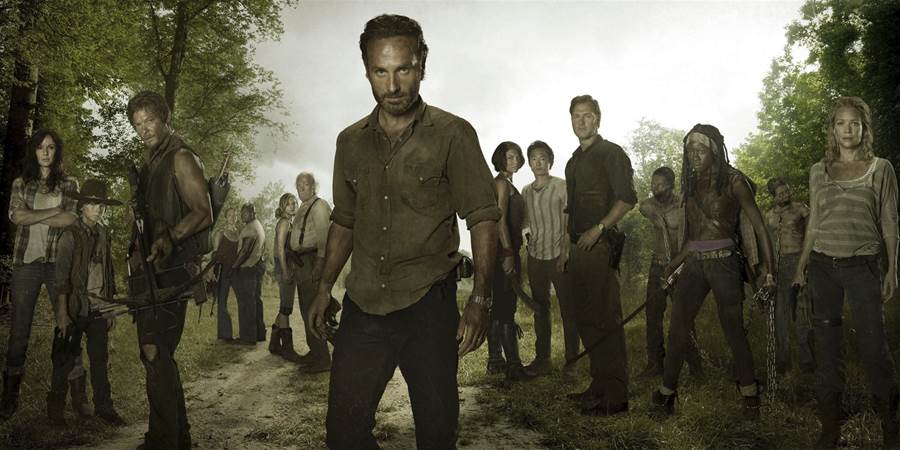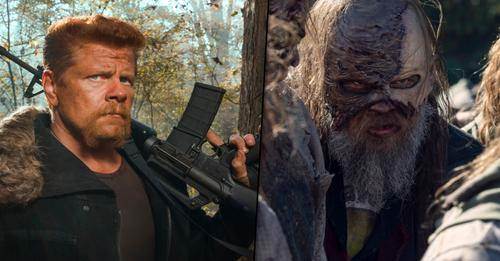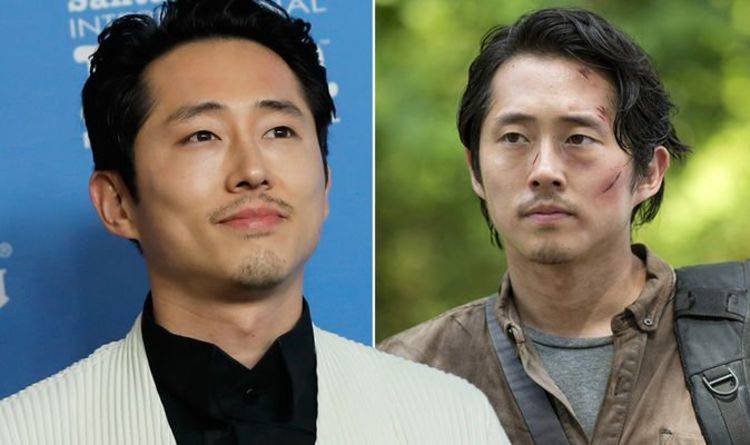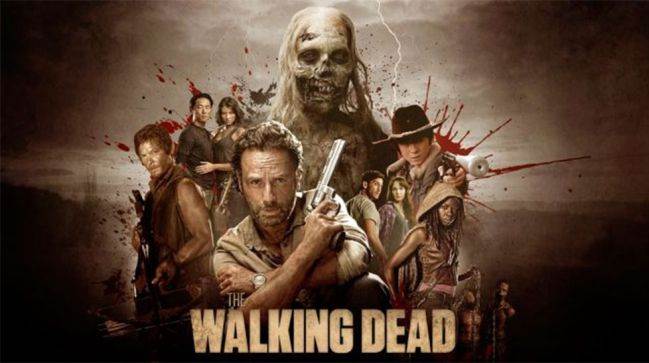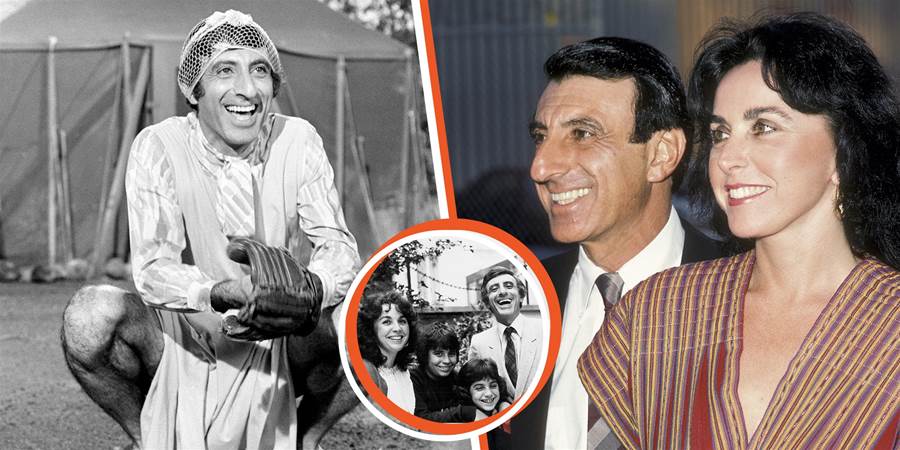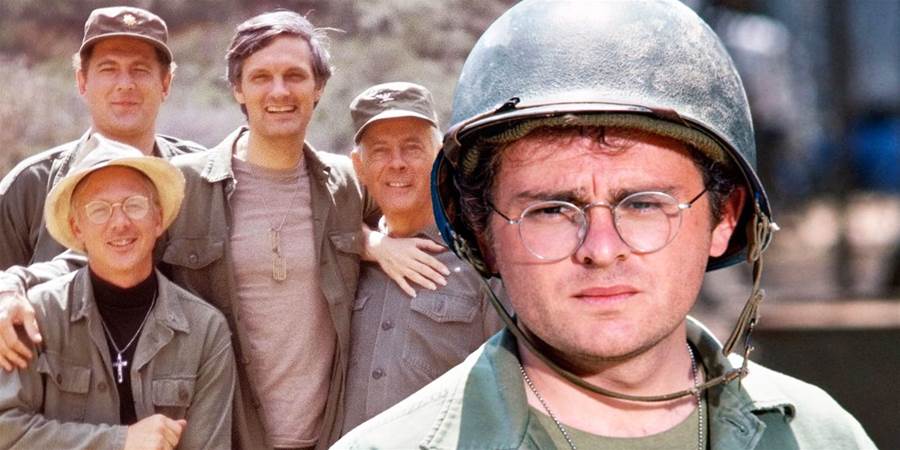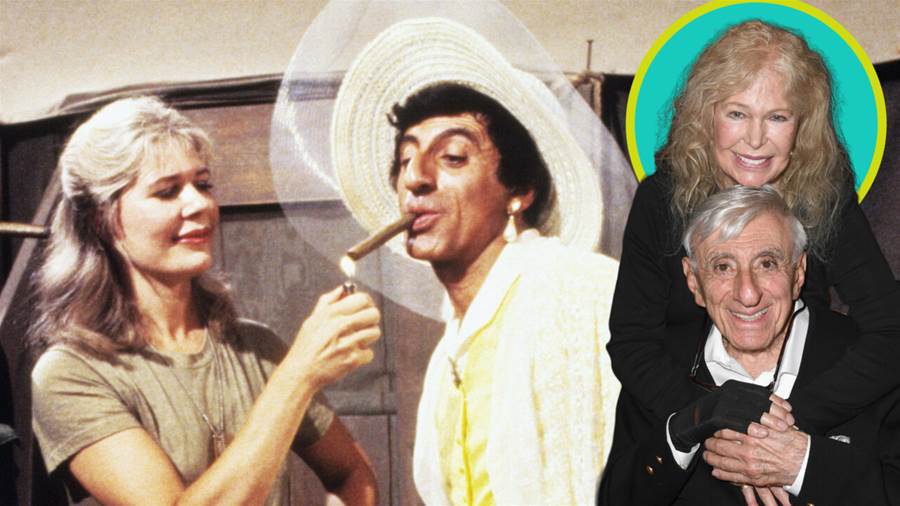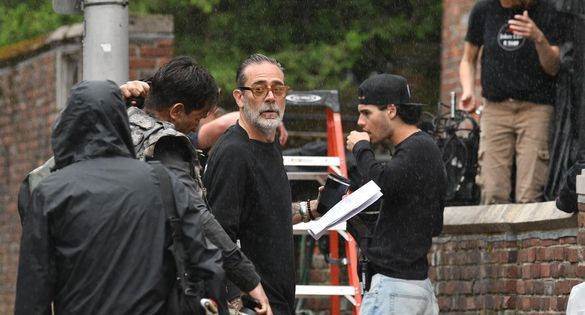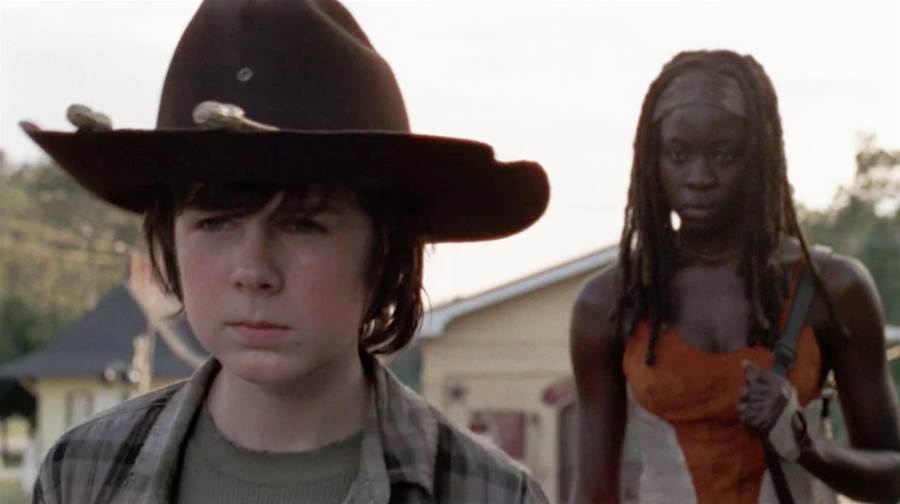
Blue Bloods has been a staple on CBS since its premiere in 2010, captivating audiences with its blend of crime drama and family dynamics. What many fans might not realize is that the creators of this beloved series, Robin Green and Mitchell Burgess, are the same minds behind the iconic mob drama The Sopranos. This article delves into how these writers transitioned from portraying the dark world of mobsters to creating a show centered around the noble Reagan family, exploring the intriguing journey and motivations behind this shift.
From The Sopranos to Blue Bloods: A Journey of Redemption
Robin Green and Mitchell Burgess spent many years perfecting the story of The Sopranos, a series that delved deep into the lives of a New Jersey mob family.
The show, which ran for six seasons, is hailed as one of the greatest TV series of all time. Its dark themes, complex characters, and moral ambiguities set a new standard for television dramas.

After the success of The Sopranos, Green and Burgess found themselves at a creative crossroads. They had spent years exploring the lives of anti-heroes and were ready for a change. In an interview with Deadline, Green explained, “We did the anti-hero for all those years; it was fantastic; it’s an old tradition… But every great character you see on TV right now is dark, they have a problem, and we were very interested, as a curative after The Sopranos, to figure out what a hero is”.
The Birth of Blue Bloods: A Novel Concept
Blue Bloods premiered on CBS in 2010 and quickly gained popularity among critics and fans alike. The show's unique concept set it apart from other procedural crime dramas. At its core, Blue Bloods is not just about solving crimes; it is a multi-generational family drama centered around the Reagan family, who have deep-rooted ties to the New York legal system. The cast, led by Tom Selleck as Police Commissioner Frank Reagan, has been praised for their performances and chemistry.
The idea for Blue Bloods stemmed from Green and Burgess’s desire to explore what makes a hero.
After years of writing about morally ambiguous characters, they wanted to create a show that depicted the good guys—law enforcement officers and prosecutors—working to make a difference. This shift in focus was refreshing for the writers and allowed them to delve into new storytelling territory.
Character Depth and Family Dynamics
One of the strengths of Blue Bloods is its rich character development and the intricate dynamics within the Reagan family. Each member of the family, from Frank Reagan to his children and grandchildren, is portrayed with depth and complexity. The show addresses the challenges and sacrifices that come with working in law enforcement while highlighting the strong familial bonds that hold the Reagans together.
Tom Selleck’s portrayal of Frank Reagan, the family patriarch, is central to the show’s success. His character embodies the values of integrity, duty, and honor, serving as a moral compass for his family and colleagues. The interplay between the family members—each dealing with their own professional and personal struggles—adds layers of emotional depth to the series.

A New Direction: Learning to Love Heroes
The transition from The Sopranos to Blue Bloods was not just a change in subject matter but also a shift in perspective for Green and Burgess.
After spending years in the dark world of mobsters, they found joy in crafting stories about heroes. The writers expressed that working on Blue Bloods was a form of creative redemption, allowing them to explore positive themes and characters dedicated to justice and service.
Despite their departure after the first season, Green and Burgess laid a strong foundation for the show. Their vision and storytelling prowess helped establish Blue Bloods as a compelling series that continues to resonate with viewers. The show's success is a testament to their ability to craft engaging narratives, whether about anti-heroes or heroes.
Blue Bloods has carved out a unique place in the world of television, combining the procedural crime drama with a heartfelt family saga. The series’ success can be attributed to its compelling characters, strong performances, and the fresh perspective brought by its creators. Robin Green and Mitchell Burgess's journey from The Sopranos to Blue Bloods highlights their versatility as writers and their commitment to exploring the full spectrum of human experience.
As we continue to follow the Reagan family’s journey, we are reminded of the complexities of heroism and the importance of family. Blue Bloods
not only entertains but also offers a deeper look into the lives of those who dedicate themselves to upholding the law. The show’s enduring popularity is a tribute to its creators' vision and the talented cast who bring these stories to life.

